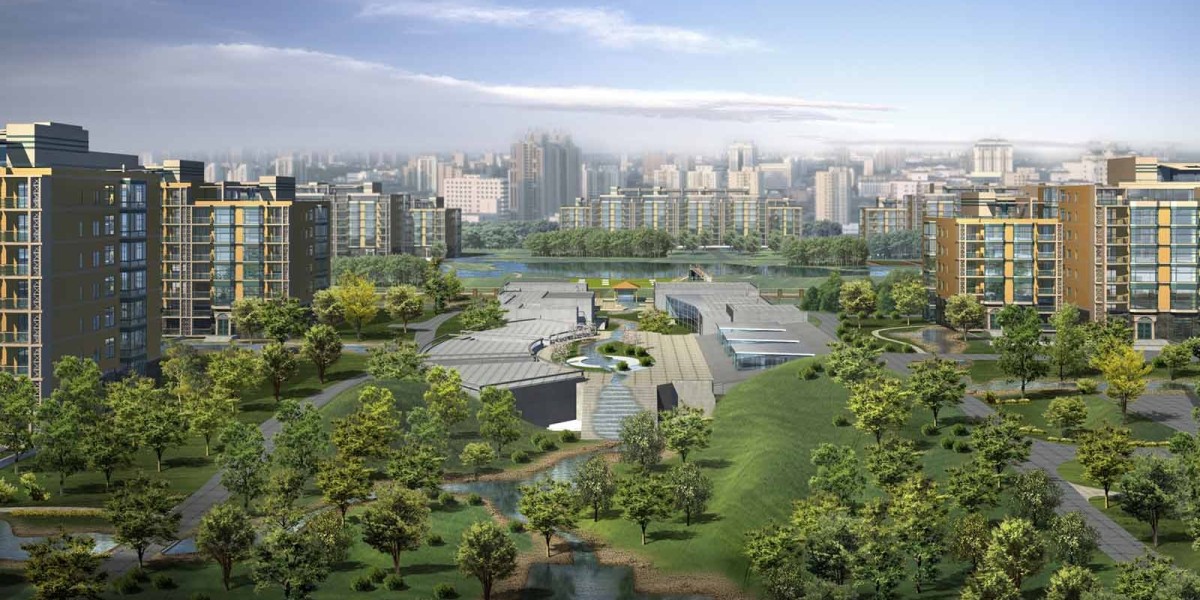What will the smart city of Lahore look like?
The Lahore smart city will be a modern and sustainable city that integrates technology into all aspects of urban life. The master plan aims to create a high-quality living environment for residents, promote economic growth, and enhance social development.
The smart city will have an efficient transportation system that prioritizes public transport, such as buses and trains. Commuting times will be reduced through the use of intelligent traffic management systems that optimize traffic flow based on real-time data.
Residents can expect to live in energy-efficient buildings equipped with advanced technologies such as IoT sensors, which help manage waste disposal systems and reduce energy consumption.
There will also be ample green spaces integrated into the infrastructure design, with parks and gardens providing fresh air and recreational areas for residents to enjoy. Waterways like lakes or waterfalls are added attractions that contribute towards positive mental health by creating serene environments within bustling cities.
Furthermore, Lahore's Smart City plans include innovative solutions for solid waste management through automated collection vehicles powered by AI algorithms. This ensures timely waste removal while minimizing environmental impact.
The Lahore Smart City Master Plan is ambitious yet achievable. It promises to bring significant improvements in quality of life by incorporating cutting-edge technology into every aspect of urban planning without compromising traditional values preserved over decades.
What is a smart city?
A smart city is a term used to describe an urban area that uses technology and data to improve the quality of life for its citizens. The idea behind a smart city is to leverage technology in order to provide better services, enhance communication between citizens and government agencies, reduce environmental impact, increase safety, and more.
One aspect of a smart city is connectivity. This means that all devices are connected through networks so they can communicate with each other seamlessly. With this kind of integration, cities can use data from various sources like traffic sensors or weather forecasting systems to make informed decisions about resource allocation.
Another key component of a smart city is sustainability. Cities will need to become more environmentally friendly by reducing their carbon footprint through energy-efficient buildings, renewable energy sources and green transportation options.
Smart cities also aim at improving citizen engagement by providing convenient digital access points for information on local events or public services. They create platforms where people can voice concerns over issues affecting them directly while ensuring transparency in governance.
The concept of a smart city seeks to address some of the major problems faced by modern megacities - pollution, traffic congestion etc., while enabling sustainable development using cutting-edge technologies like IoT (Internet-of-Things), AI(Artificial Intelligence) etc.
What are the benefits of a smart city?
A smart city is not just a technological advancement, but it also has various benefits that make it an essential development for urban areas. It offers plenty of advantages to the citizens, businesses and the government.
One significant benefit is improved quality of life. A smart city integrates technology into different aspects of daily life, such as transportation, healthcare, energy management and public safety. With these advancements, citizens can enjoy convenient services and live in a safer environment.
Another benefit is economic growth. Smart cities attract investors by providing them with abundant resources and infrastructure to conduct their business operations efficiently. As more companies invest in the area, job opportunities increase leading to better employment rates.
Smart cities are also environmentally friendly as they reduce carbon footprints by using sustainable energy sources like solar power. The reduction in pollution levels significantly improves air quality making it healthier for citizens to breathe fresh air.
A smart city enhances communication channels between people living in urban areas through digital platforms encouraging social interaction among communities creating stronger bonds among residents.
There are numerous benefits associated with smart cities which makes them appealing not only for individuals living within them but also businesses looking to grow within modern technology-driven environments
Conclusion
The Lahore Smart City Master Plan is an ambitious project that aims to transform the city into a modern and sustainable metropolis. The plan covers various aspects of urban development, including transportation, infrastructure, energy efficiency, and public services. By leveraging technology and innovation, the smart city of Lahore will improve the quality of life for its residents while promoting economic growth and environmental sustainability. However, it's important to note that implementing such a complex project requires collaboration between government agencies, private investors, and community stakeholders. With careful planning and execution, Lahore can become a model for smart cities in South Asia and beyond.








